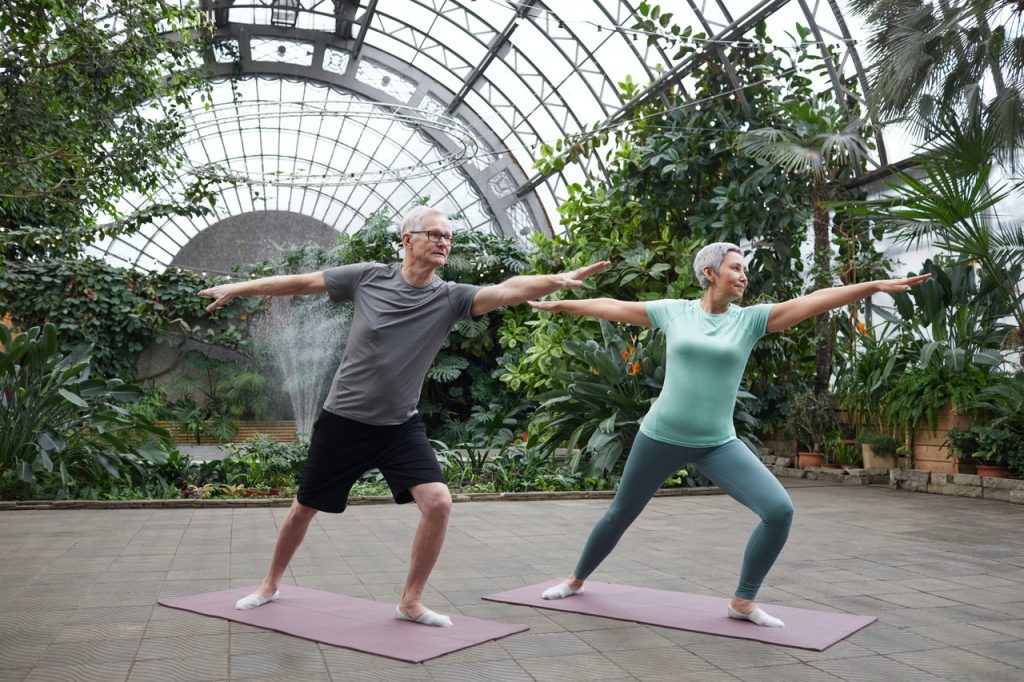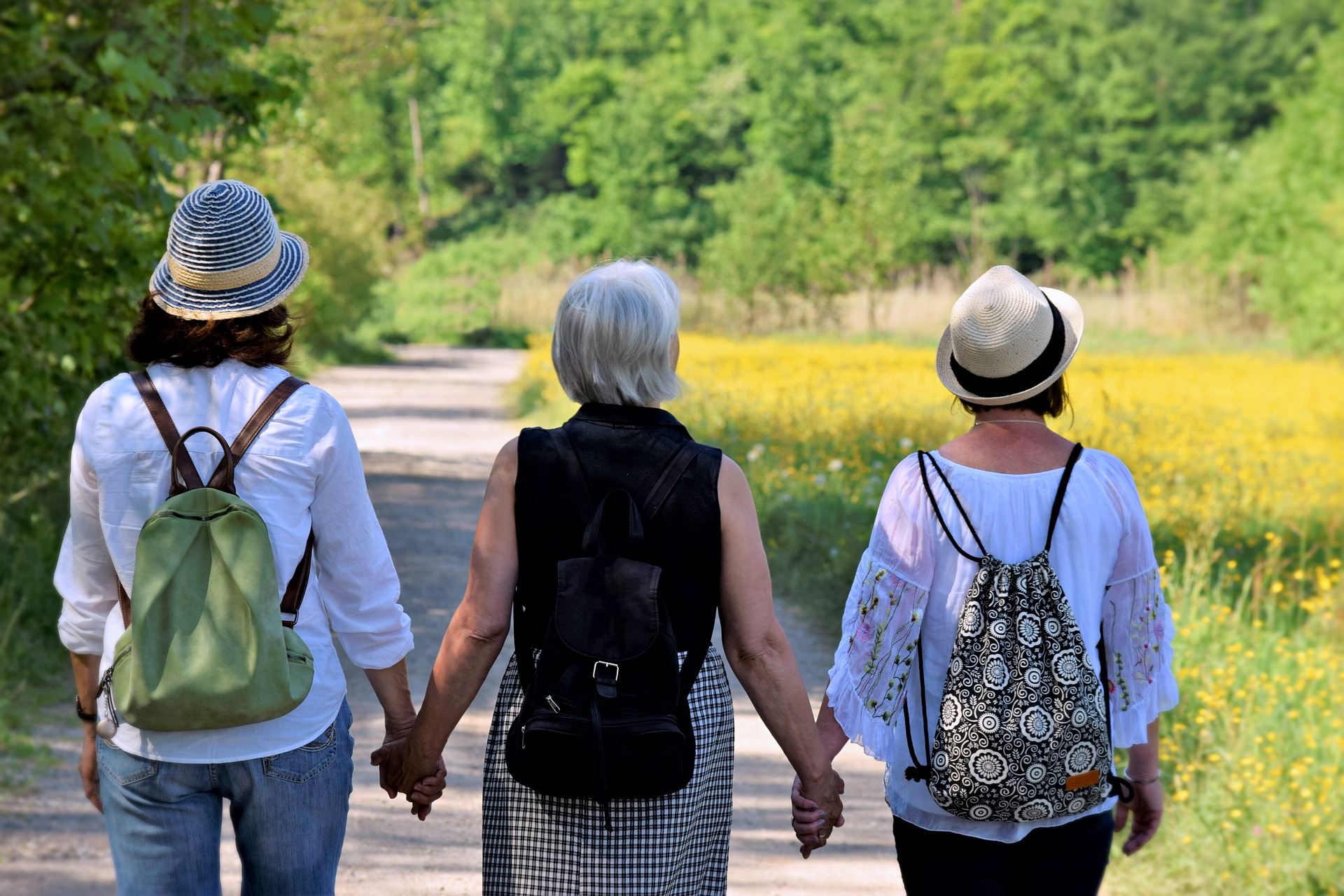Top strategies to keeping your loved ones out of nursing homes and long-term care facilities.
As we all know, admittance to long term care facilities can lead to a loss of independence and an increased risk of infectious disease. Fall prevention is key to helping keep your loved ones safe and independent.
Background

Falling over the age of 65 can have some major implications on our current and future health and quality of life. Statistically, 30% of adults over 65 will fall each year and two-thirds of those who fall will have additional falls within 6 months. Falling leads to an increased risk of being admitted to a long-term care facility and is the leading cause of injury and hospitalization for people 65 and older.
What are the risk factors?
As there are over 200 risk factors that contribute to falls, let’s take a look at some of the top risks that might be considered modifiable:
- Changes to gait, mobility and balance, muscle weakness
- Perception of functional ability and fear of falling
- Home hazards
- Medications
- Visual impairment
Let’s build some strength and balance
Exercises that progressively improve balance and leg strength in both static and dynamic situations have been shown to reduce the risk of falling and improve gait safety in household and community settings. The CDC has compiled a list of effective fall intervention programs that can be safely administered by a therapy team or caregiver with training. Two of my favorite programs from this list include the Otago Exercise Program and the Adapted Physical Activity Program. Both of these programs have simple yet effective exercises that target both static and dynamic balance with varying base of support positions (narrow, wide, tandem, single limb), multidirectional walking and stepping exercises, standing and sitting exercises for the legs and trunk as well as reactionary exercises that challenge reflexes. Studies that followed these programs showed a reduction in falls by 60%, reduction of injury if a fall was sustained and improved quality of life. Experiencing pain while trying to perform these exercises is a good indication of the need to reach out to a physical therapist at IPA Physio so we can help restore pain-free mobility so you can exercise to gain stability.

Stand by assistance or contact guarding is recommended for individuals who are just starting out with these exercises. As always, consult with your primary care physician and physical therapy team before starting any exercise program.
What’s the layout of your home?
Environmental factors in the home can add fuel to the fire when it comes to the risk of falling. This along with possible medication side effects, visual deficiencies and other medical co-morbidities only make things more challenging to overcome. Rugs that are loose, furniture that is too low to the ground, steps and stairs (especially with poorly secured railings or even worse no rail at all) can all increase the risk of falling. It is always helpful to have a trained expert come and assess the safety of your home. They will be able to provide recommendations for safe mobility throughout the home. They can work with you to provide cost effective options for everything from bathroom rail systems to kitchen setup for easy access to cookware.

Final considerations not to overlook
Other considerations for fall prevention would include discussing with your primary care team on all pharmaceutical options that minimize side effects that lead to increased risk of falling such as dizziness, drowsiness, and fatigue (see our blog on sleep hygiene). Visual impairments can play a role in fall risk, especially if you have been prescribed a pair of glasses that have a lower disturbed visual field (such as bifocals). These can lead to a trip over an uneven sidewalk or challenges with changes in light adjustment. Make sure to discuss all eyewear options with your optometrist for the most effective strategy for indoor and outdoor use.
For all other questions regarding strategies to implement these exercises, please contact IPA Physio.






